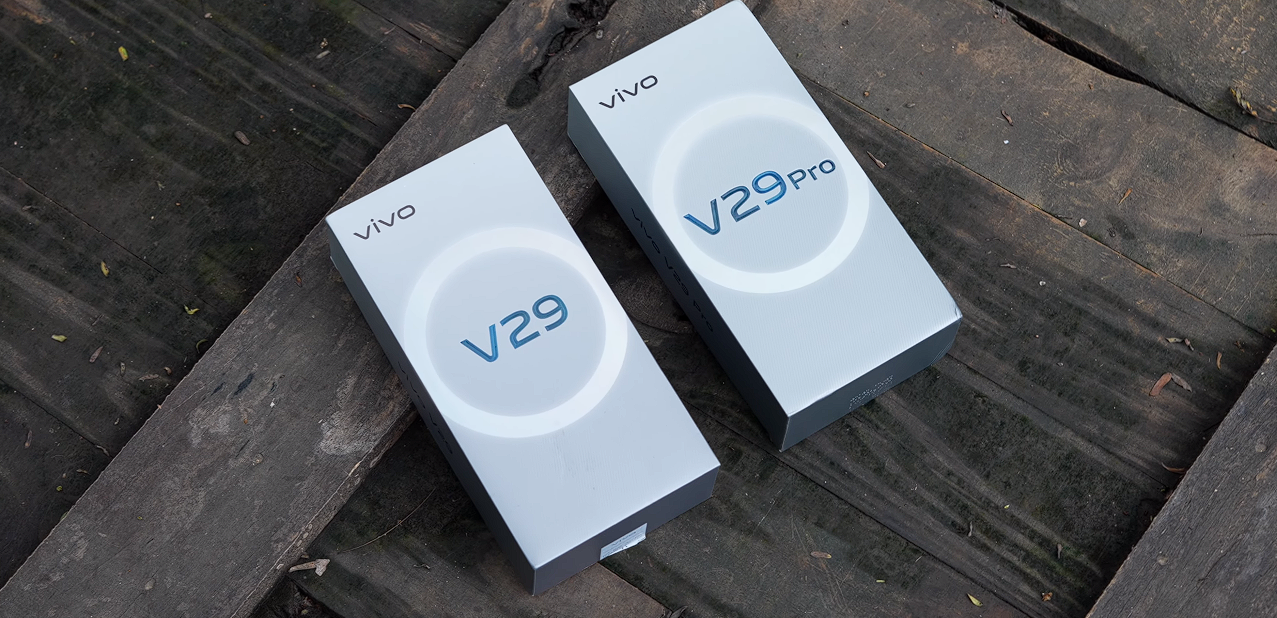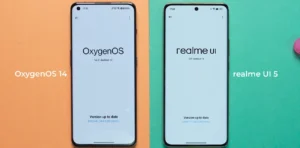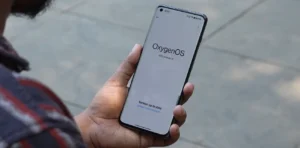The new Vivo V29 and the Vivo V29 Pro are here, and there are many upgrades on the camera side of things. Considering Vivo’s phones generally have good camera capabilities, I was curious to see if these are the best camera phones under Rs 40,000.
Vivo V29 pro

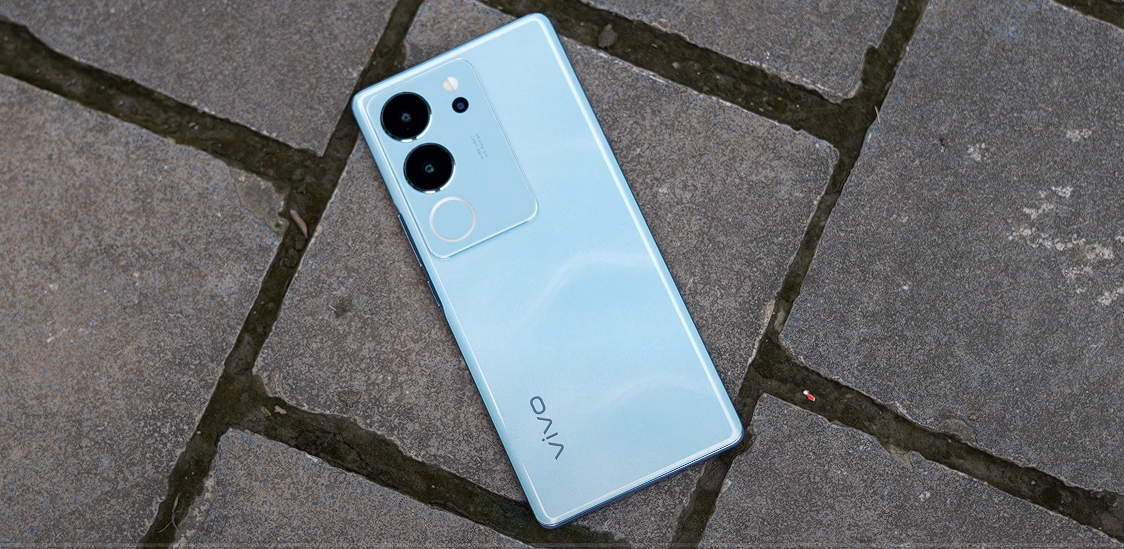
Camera
Rear camera
More importantly, I really want to see how is the 2X portrait camera on the Vivo V29 Pro. I really want to start off by talking about the camera setup on the Vivo V29 Pro, especially because it is really good.
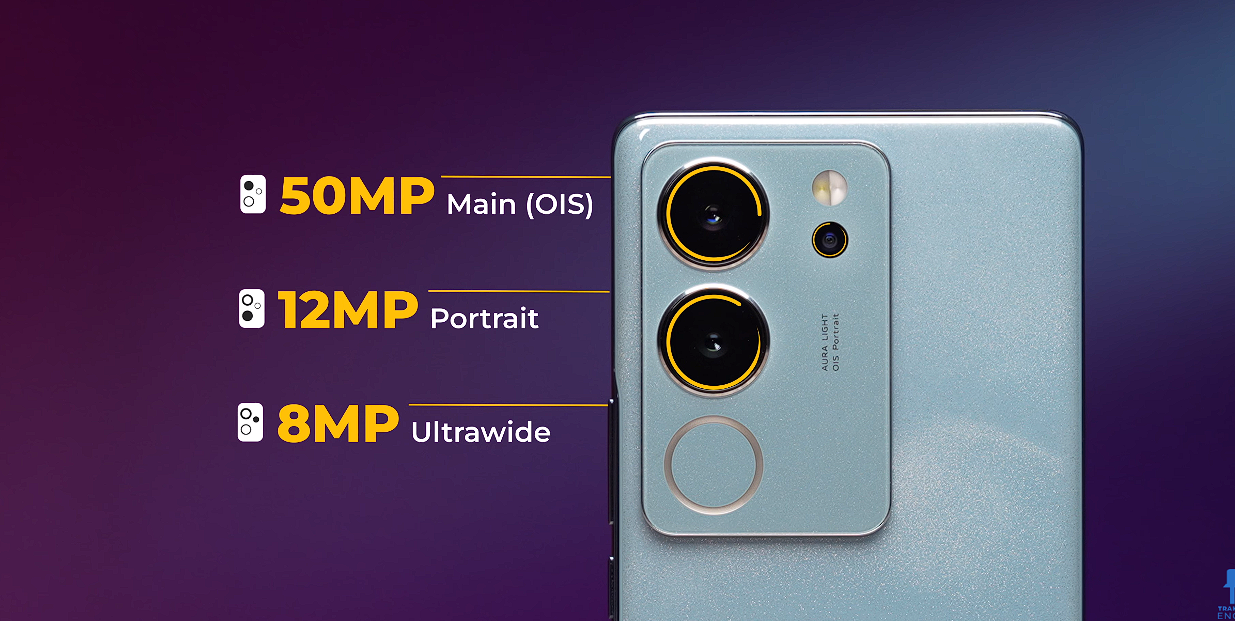
You get a 50 MP Sony IMX 766 sensor with OIS, and you also get a 2X telephoto, or actually it’s a 2X portrait camera with Sony IMX 663, and there’s an 8-mega pixel, ultra wide angle camera and a-
Front camera
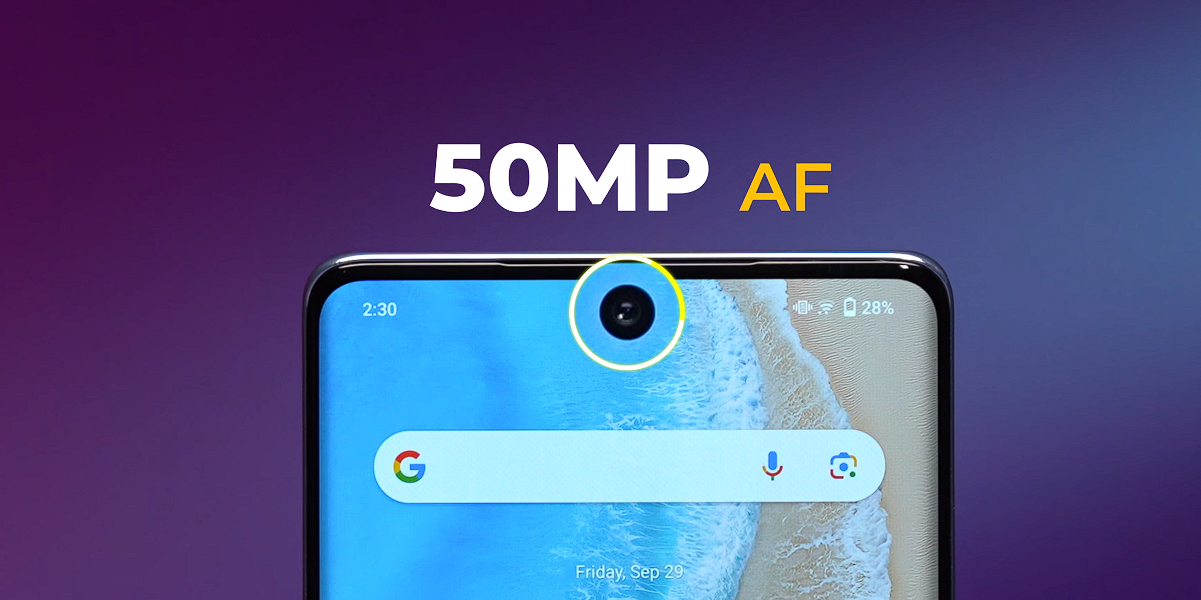
50 MP camera on the front, which also has auto focus as well. But the creative part of the camera setup is that apart from the LED flash, you’ve got a separate smart or a light, which is Vivo’s take on a ring light attached to a phone.
Smart Aura light
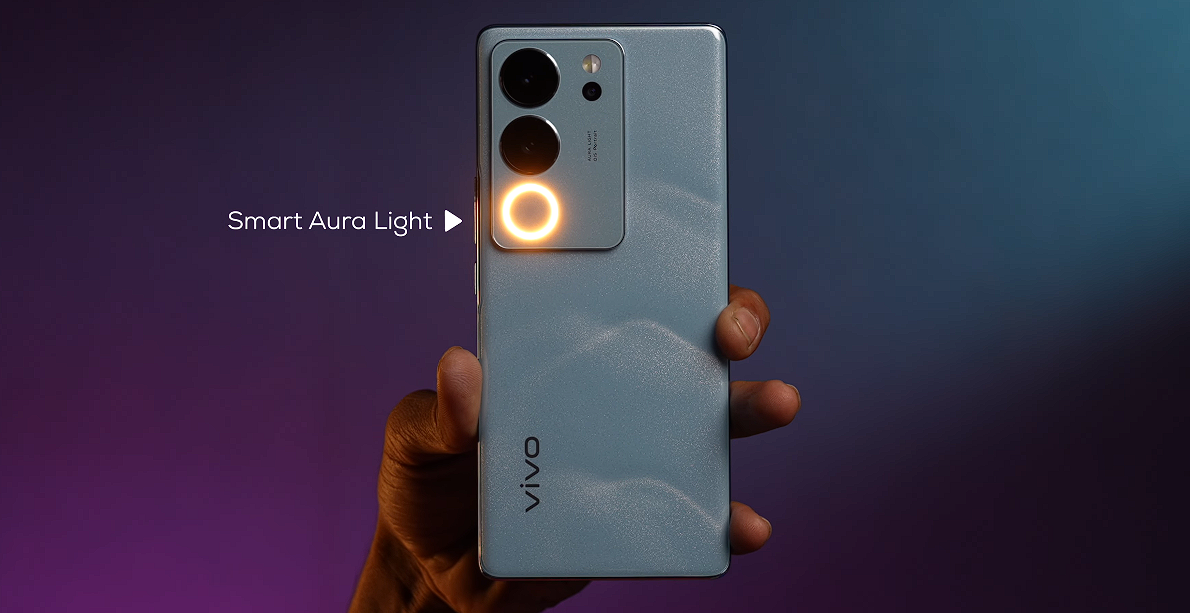
It’s not the first time on a Vivo phone that we’re seeing the Aura Light, but it has increased 36% brightness now. What I really like about the smart Aura Light is that it can automatically change the color temperature to warm or cool, depending on the environment light itself.
Camera samples
Portrait
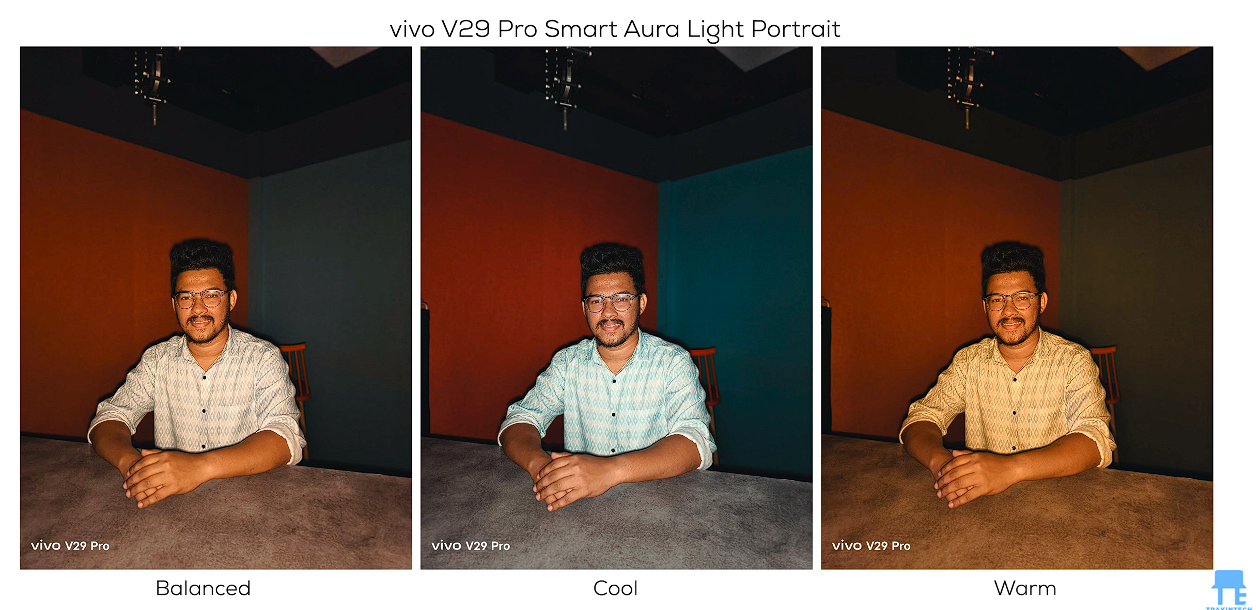
That helps you take portraits that look as good as these. Honestly, when I’m shooting pictures in low light using phones,
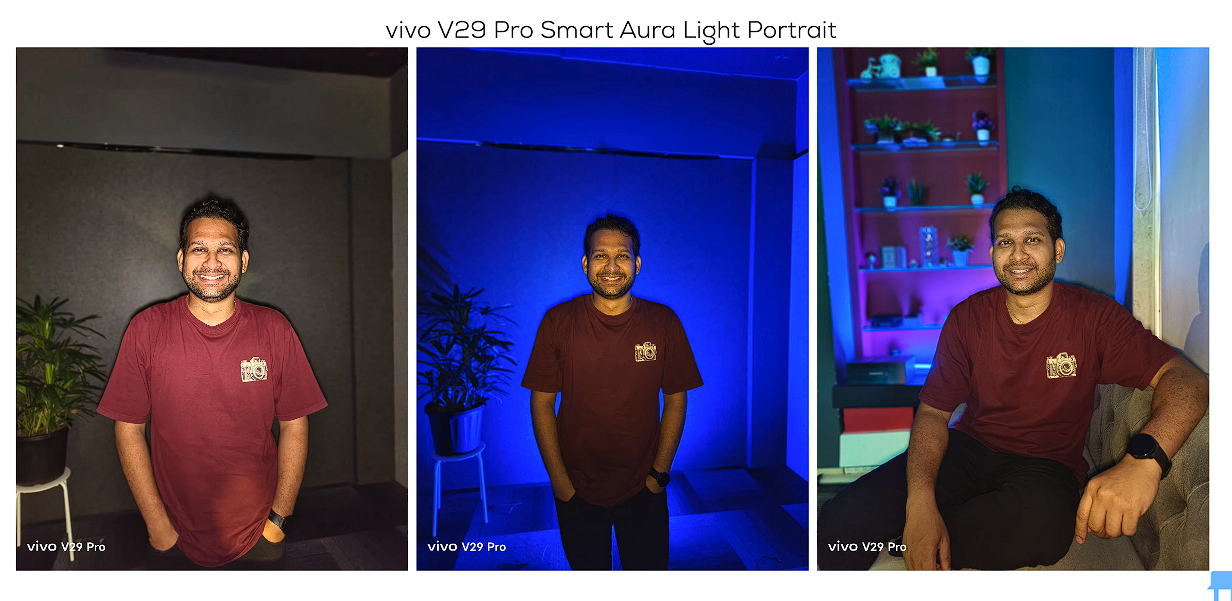
I generally don’t use the flash and I skip it. But with the Smart Aura Light, I might change that habit of mind because it’s actually very good. In general, if you look at it, the 2X portraits look so good, and there are a lot of portrait filters as well.
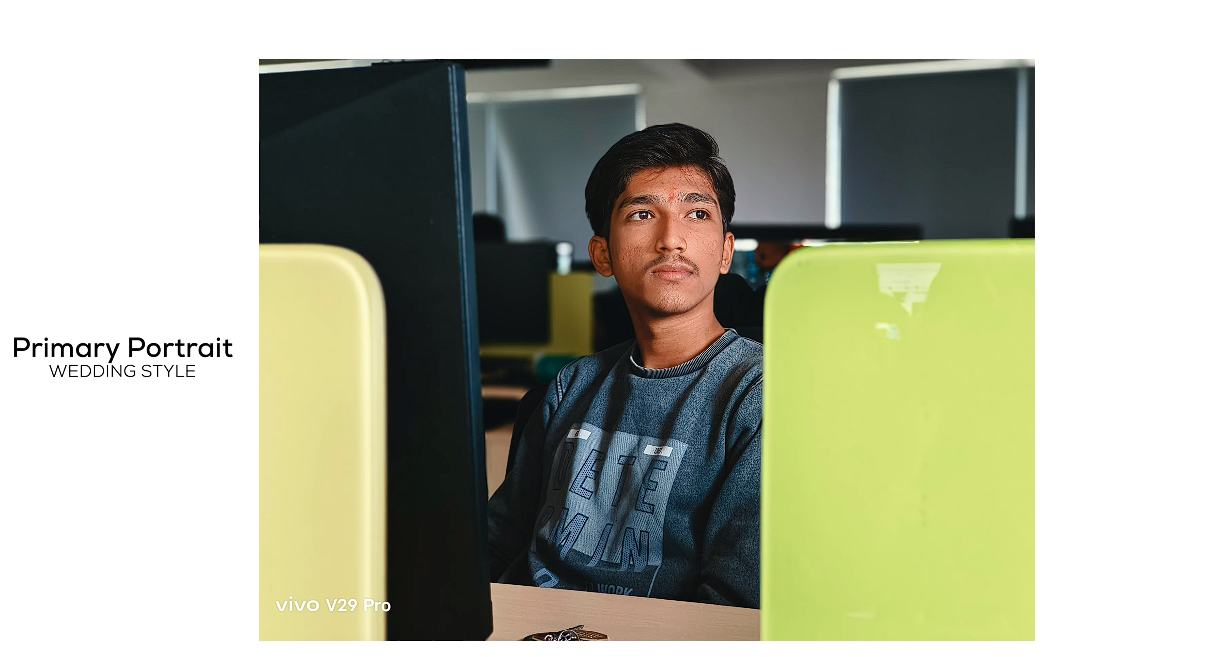
There’s this wedding style portrait filter in three different nuts, including pasteil, which seems to be the most sought-after style in most Bollywood shadies these days anyway. Even in general, I really like the skin tones when shooting people.
HDR
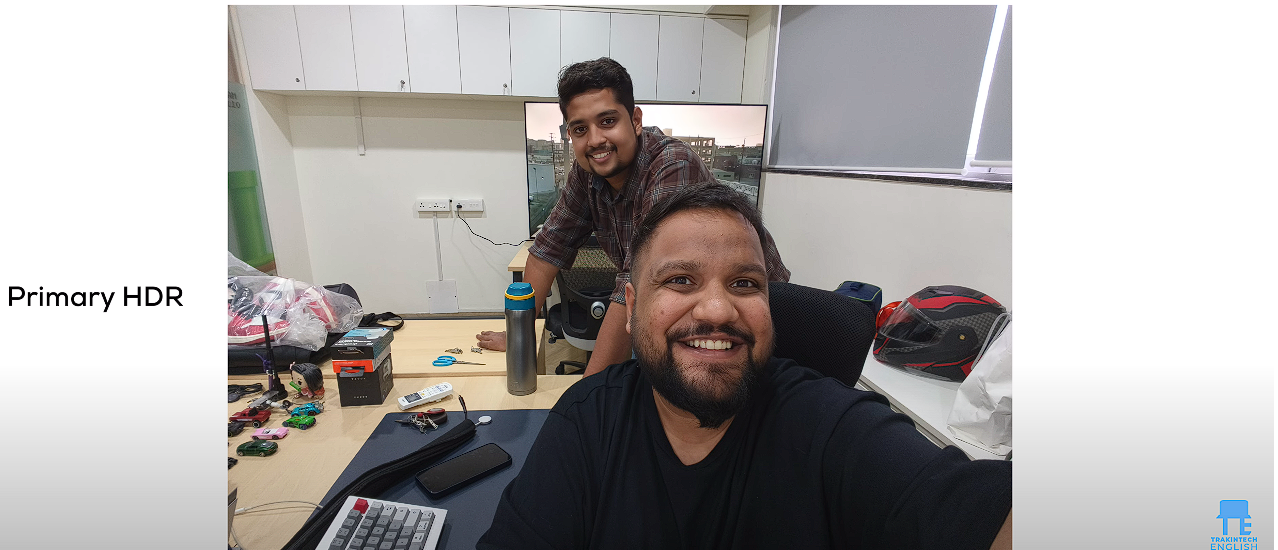
They are close to natural looking. Talking about natural, Vivo V29 Pro also has the natural color mode now. If you’re someone who prefers accurate or close to accurate colors, you can get that too with the Sony IMX 766 primary camera.
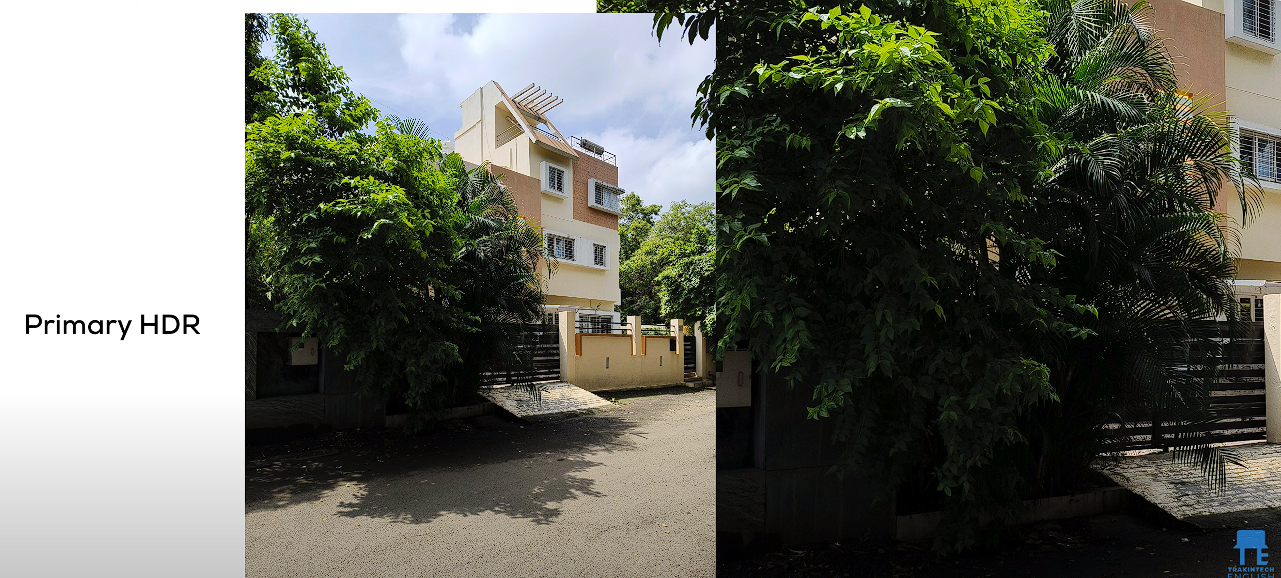
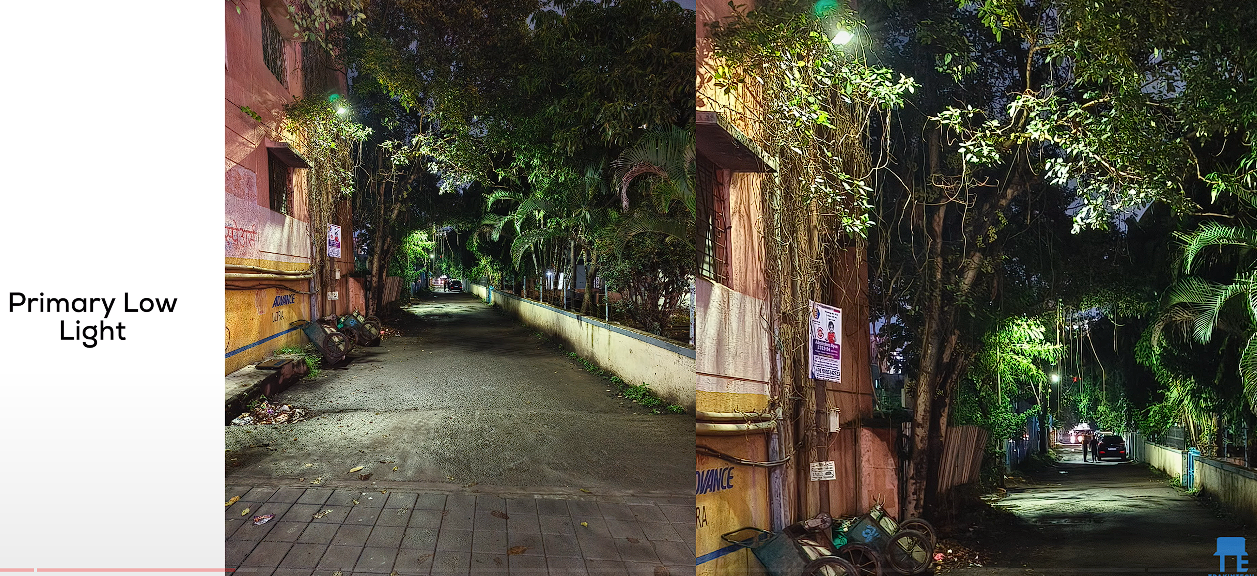
What is also particularly impressive on the Vivo V29 Pro is the HDR performance and the lens flare correction, especially in low light situations. In fact, the low light shots that I captured with the phone have a good amount of exposure and details too. Now, the only concern on the phone is that I expected more details from the pictures captured using the Sony IMAX 766, but that’s a concern only if you’re pixel peeping. If you’re going to be uploading pictures to social media, that’s generally not a problem. Considering the fact that Vivo’s algorithm has great color tuning and HDR out of the box, I think most people won’t really worry about that fact.
Selfie
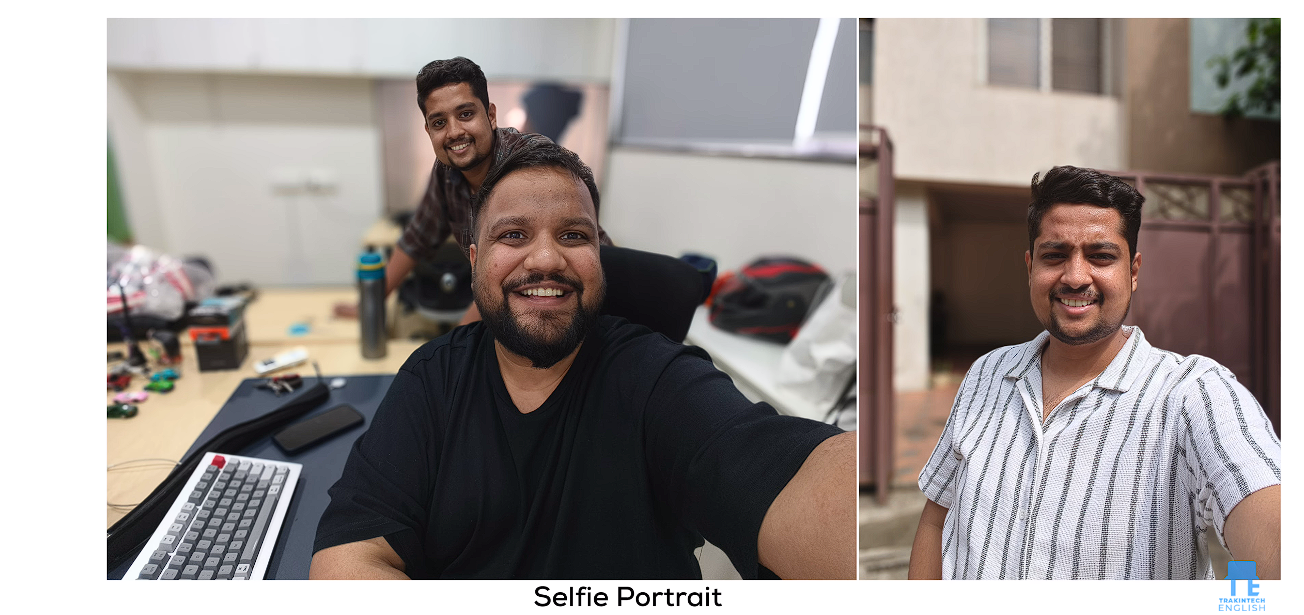 Moving on, I really like the 50 MP selfie camera on the front because it’s got a really ultra wide lens and it helps you capture more of the frame as well. But more importantly, it captures a lot of details using the selfie camera and the skin tones are pretty good too. Plus, even in a tough scenario like this where you’ve taken the selfie with a bright TV in the background, the HDR has been managed really well. So selfie HDR is good too. Of course, Vivo does portraits really well, so selfie portraits are good, and low light selfies, especially with the night mode, is actually captured very well.
Moving on, I really like the 50 MP selfie camera on the front because it’s got a really ultra wide lens and it helps you capture more of the frame as well. But more importantly, it captures a lot of details using the selfie camera and the skin tones are pretty good too. Plus, even in a tough scenario like this where you’ve taken the selfie with a bright TV in the background, the HDR has been managed really well. So selfie HDR is good too. Of course, Vivo does portraits really well, so selfie portraits are good, and low light selfies, especially with the night mode, is actually captured very well.
Ultrawide
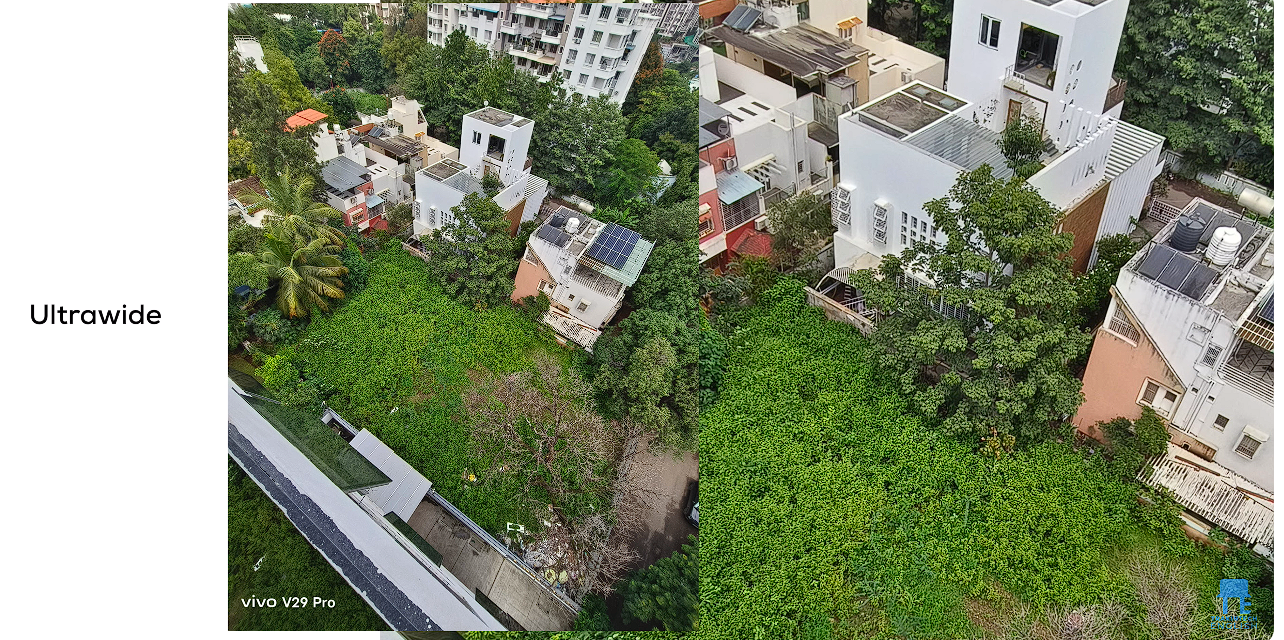
Now, the 8 MP ultra wide angle camera is not the most sharpest one out there, but it gracefully accepts all the HDR corrections that the algorithm throws at it, so the HDR performance is actually pretty decent.
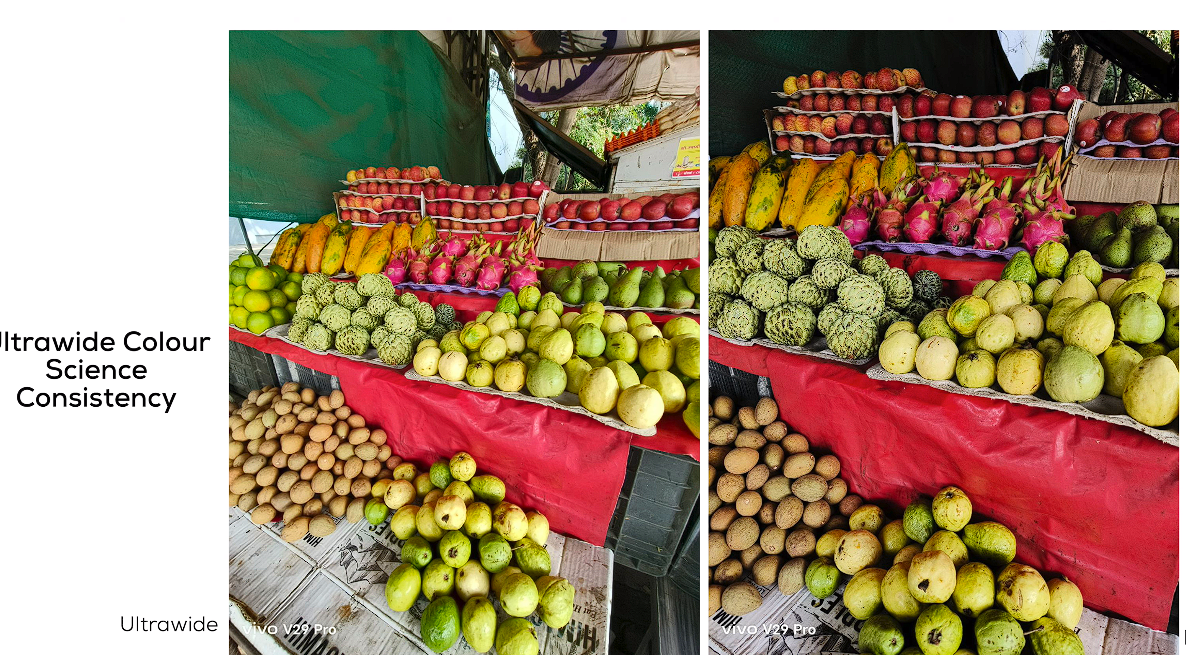
I also like the fact that Vivo is trying to maintain the color science consistency of the ultra bad and the primary camera to a large extent. Of course, it’s not exactly accurate, but still it’s up there.
Video Recording
Rear camera video specs
Now, on the video side of things, you can actually shoot 4K 60FPS using the rear camera and the front camera as well. But when you’re shooting 4K 60FPS with the primary camera, you do not get stabilized footage. If you want stabilization, you will have to drop down to 4K 30FPS, and if you want ultra stabilization, you will have to drop down to 1080P 60FPS. Actually, the quality of the stabilization is pretty good.
Front camera video specs
Now, even with the front camera, when you’re shooting 4K 60FPS video, since it’s wider, the lack of stabilization doesn’t really affect too much. But the details that you get with the 4K 60FPS footage is damn good. Generally in this price range, you will see that most phones do not offer 4k video recording, let alone 4K 60FPS Vivo is managing to do that. I’m glad. Now, if you do want stabilized footage using the front camera, you will have to drop down to 1080p 60FPS, and that’s called steady face on Vivo. What I noticed with that is that since you have an ultra wide angle lens, the crop is not too much, and you don’t have to extend your handout too much when you’re actually shooting the video. All of this is very good because most phones in this price range don’t even do 1080p 30FPS using the front camera. Vivo is actually offering 4K60FPS, and that’s feedback that they’ve actually heard not just from us, but you guys, the consumers as well. Now, with to modes, you’ve got a special micro-movie mode. What that essentially means is that you can create your own pre-edited videos like a blog-style video with it. It’s damn cool. Let’s not forget that you can also shoot portrait video with the Vivo V29 Pro, and the edge detection and the vocabler are pretty satisfactory.
With respect to the cameras on the V29 Pro, I’m just touching the tip of the iceberg. There’s a lot to unpack. But you’ll be like, Eshat, okay, fine. The cameras are generally great on Vivo phones. That’s something that we know. What about the rest of the phone?
Thin & lightweight
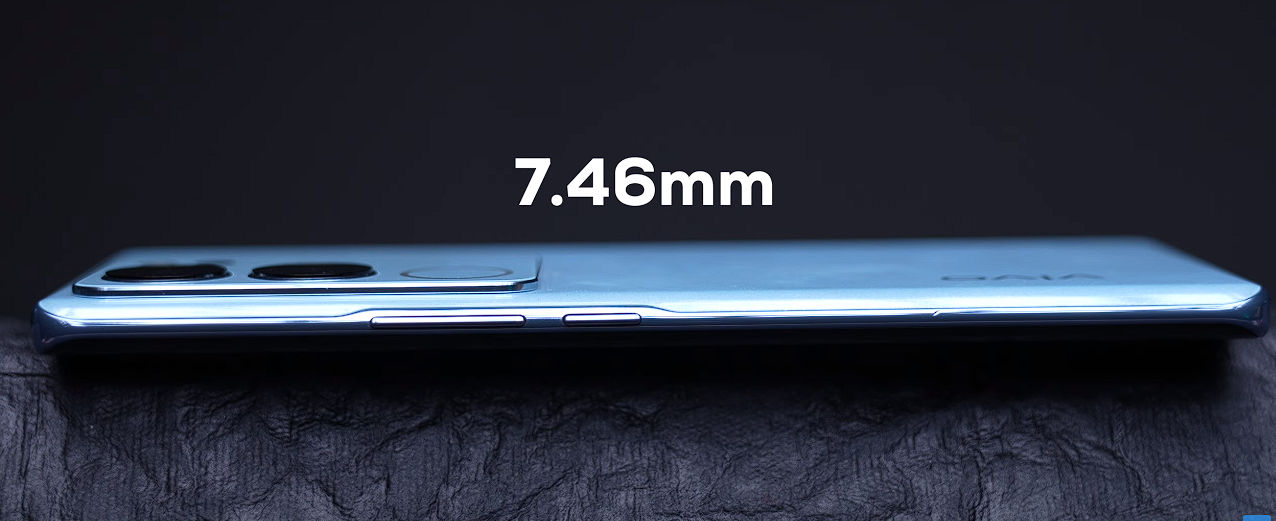
Well, it’s a Vivo phone, so it’s slim, it’s lightweight, it’s curved from the front and the rear, and of course, it looks good too.
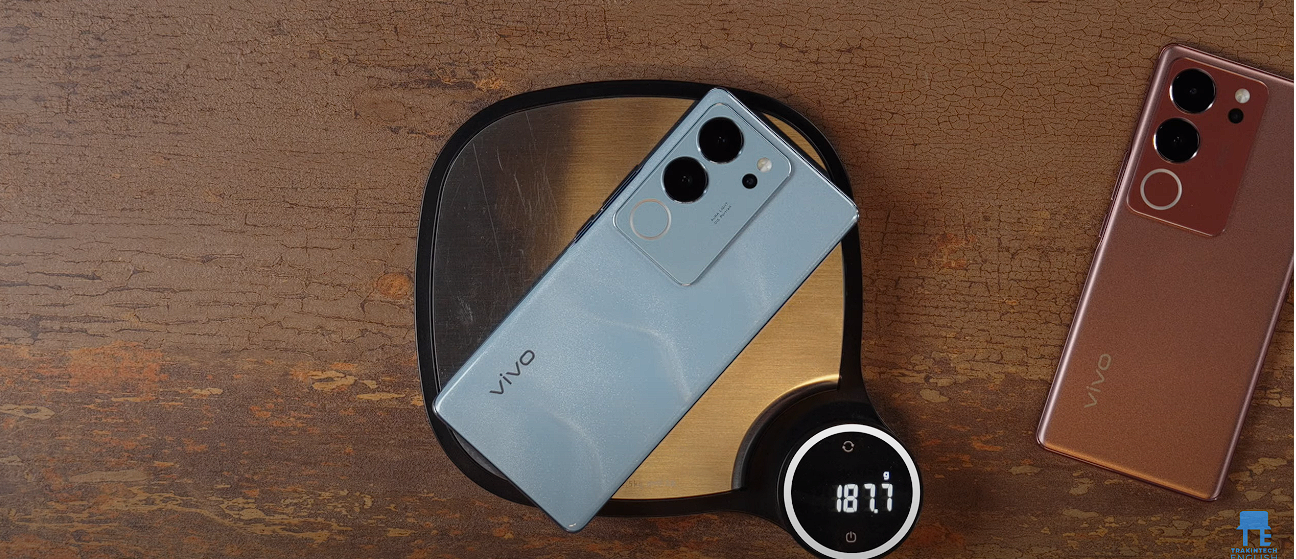
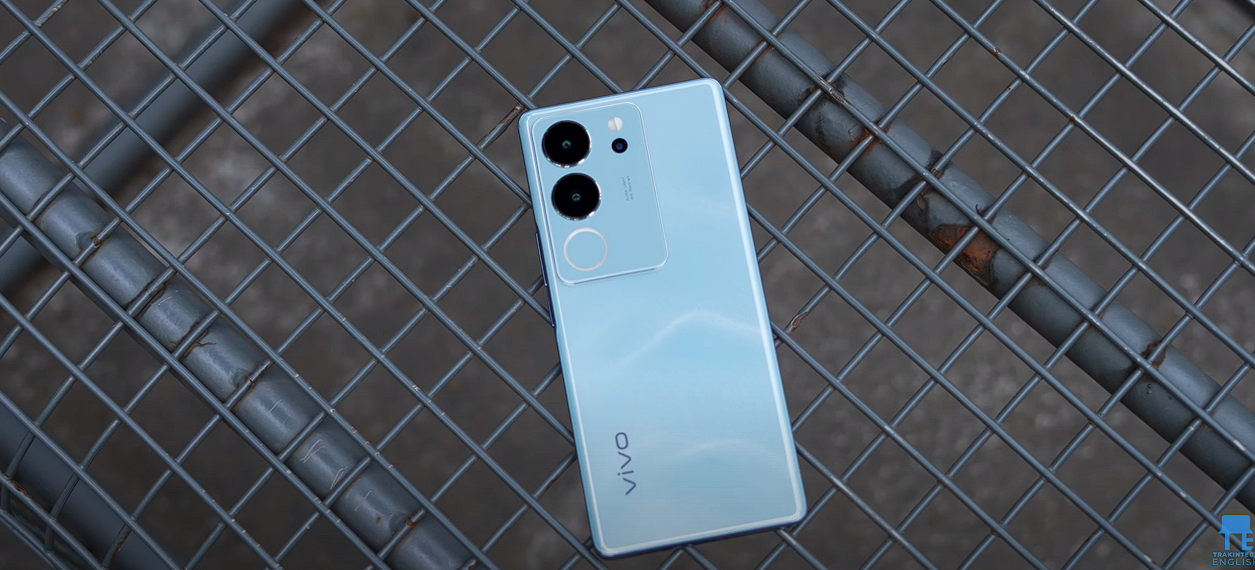
This shade of blue is called Himalayan Blue, and what company has done is some process with the glass itself where it’s added nanoscale magnetic particles. Apparently, the company was inspired by the Himalayan peaks for this specific shade of color. Does look good. Now, I say it looks good because it’s glossy and it’s not that much of a fingerprint magnet, but the camera module is definitely getting taller and bigger each passing year. However, in this case, I’m presuming that’s to add space for the smart or a light. Now, with respect to the design, there are a couple of things to note is that there’s no IP rating and there’s no stereo speaker setup as well. That’s something that you have to keep in mind before you’re considering this phone.
Sound quality
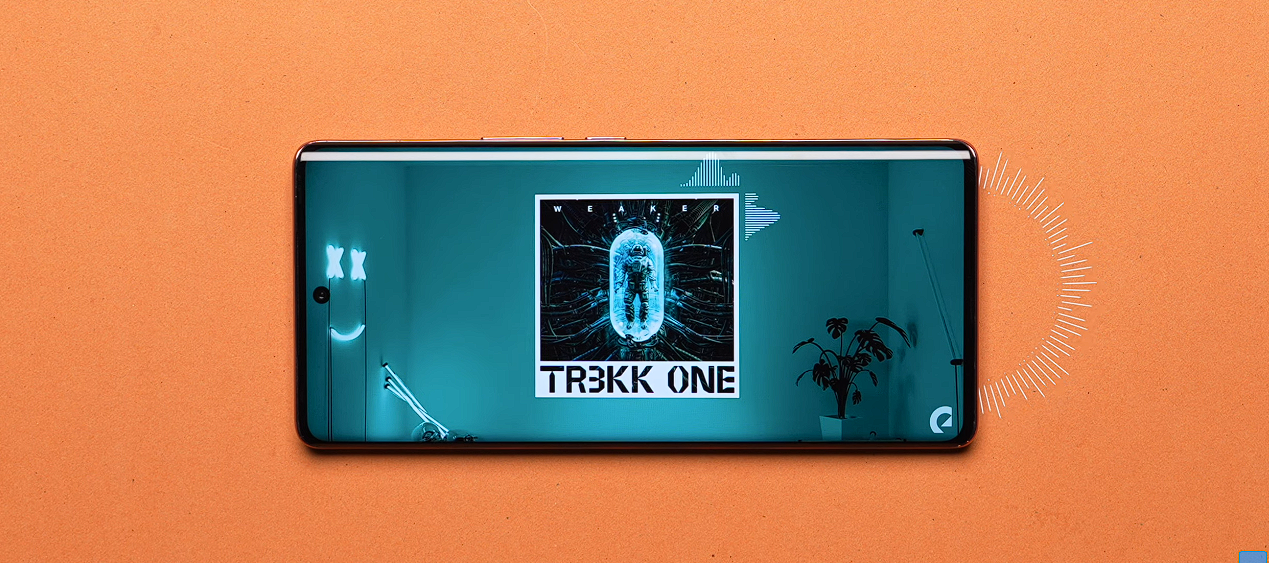
But the mono speaker has been tuned well. It’s loud and rich enough. Take a listen for yourself and let me know what you think. That said, the display experience on this phone is top notch.
Display
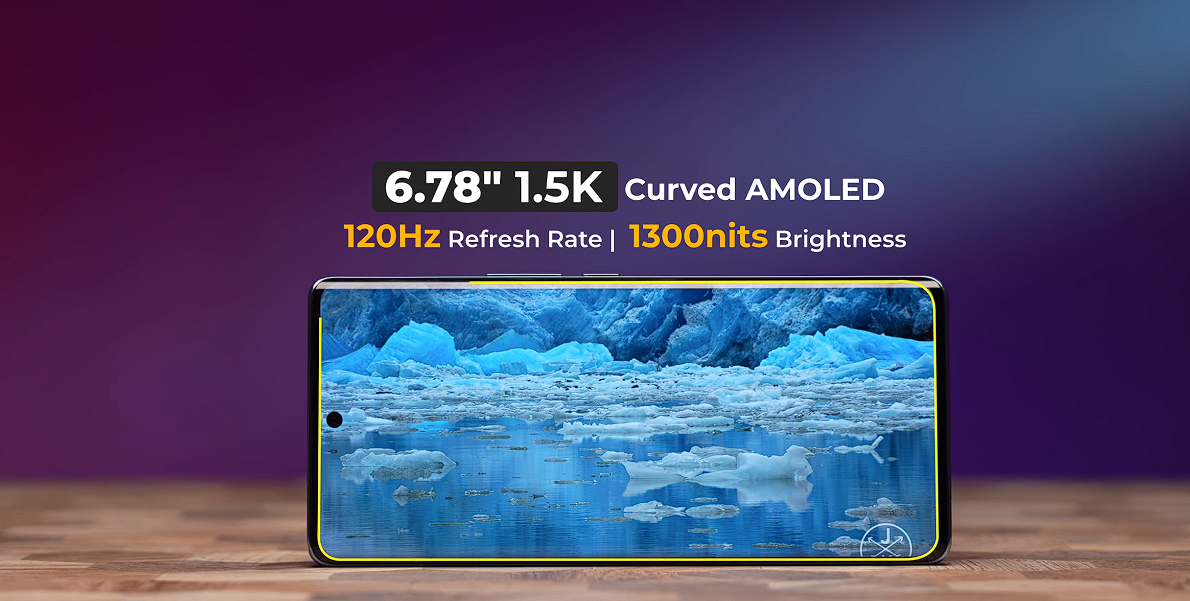
This is a 6.78-inch full HD+ Amelie 10-bit panel with HDR 10+ support and 1,300 nits of peak brightness as well. With Vivo phones, you can rest assured that the color accuracy will be good, especially in the professional mode. They do very good color tuning with the phone itself. If you are somebody who likes to edit photos or videos on the go, then you can trust this display definitely.
HDR Certification
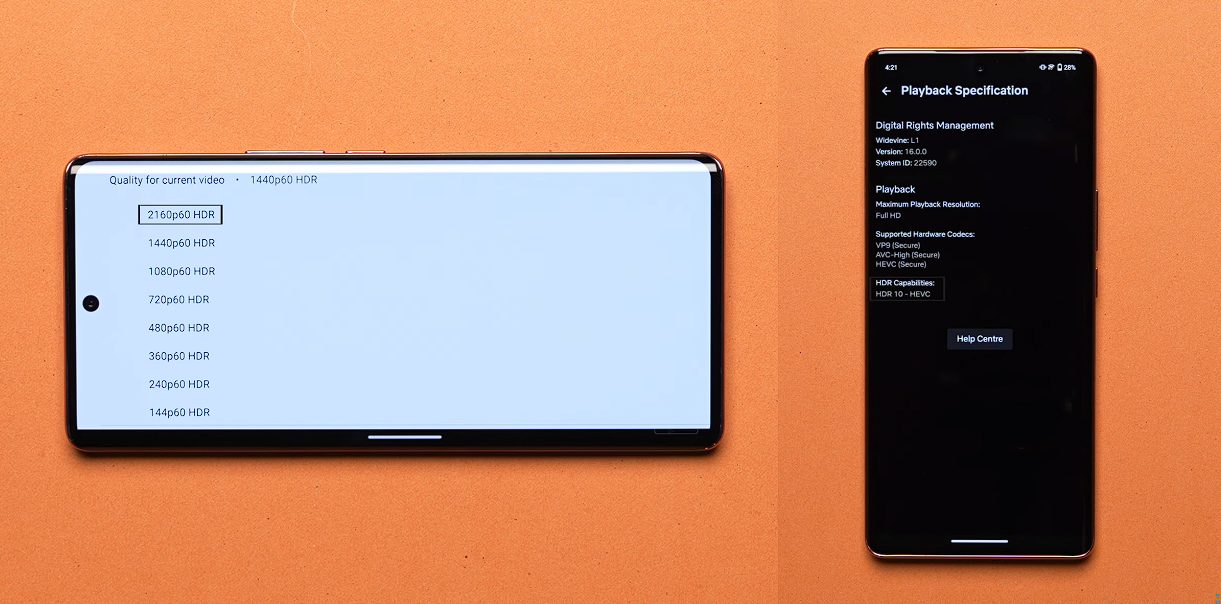
One thing I must mention is that Vivo also doesn’t skimp out on the HDR certification. Not only do you get HDR playback on YouTube, you also get HDR playback on Netflix. Now, one aspect of the display that could have been better is the haptic feedback. It definitely could have been tighter. It’s currently slightly soft and mushy. Now, since this is an Amelie panel, the in-display fingerprint scanner, on the other hand, is very fast. It’s very responsive. It unlocks really fast. No problems there.
Performance
Now, with respect to the chip inside, this is the MediaTek Dimensity 8200 chip.
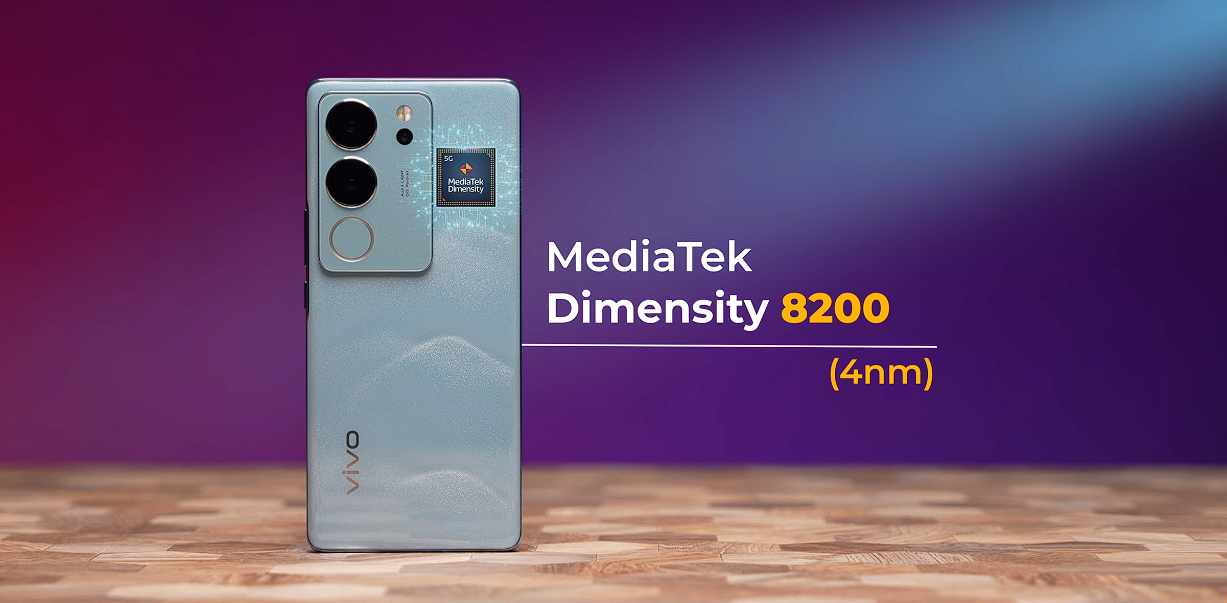
Gaming
This was the same one that was there inside the V27 Pro as well. This is actually very, very powerful. Now, for context, you can actually play Call of Duty Mobile at very high graphics and max frame rates or low graphics and ultra frame rates, which means that you can actually play the game at 90 FPS.
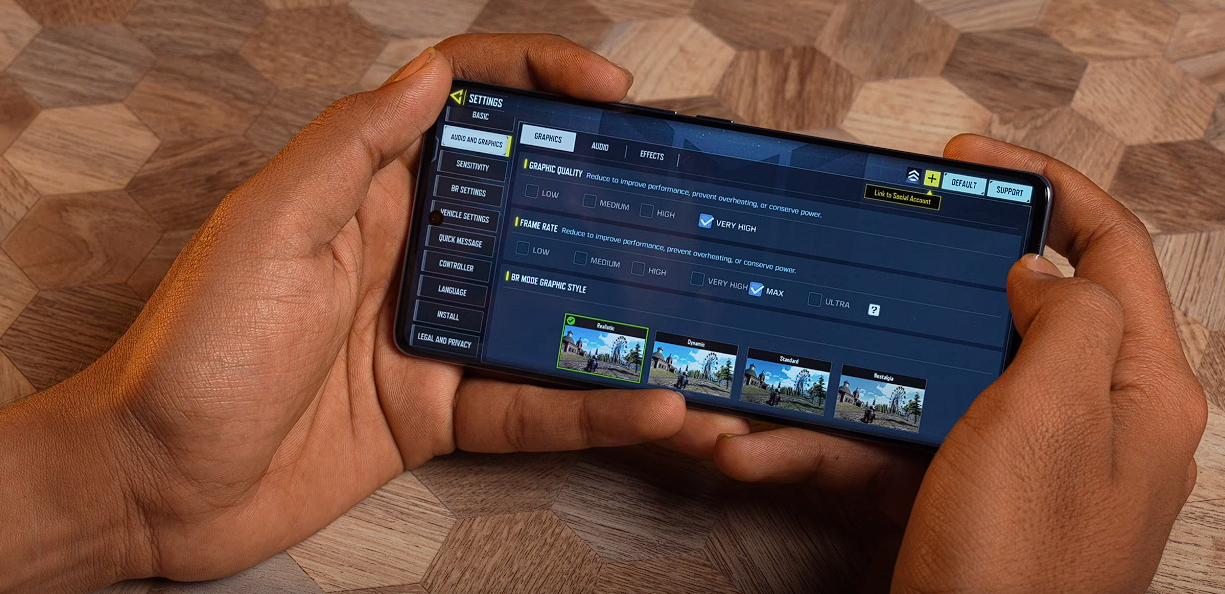
Also, while I was playing games on the phone, I didn’t feel any throttling or heating issues either, which is not a bad thing.
Ram & storage
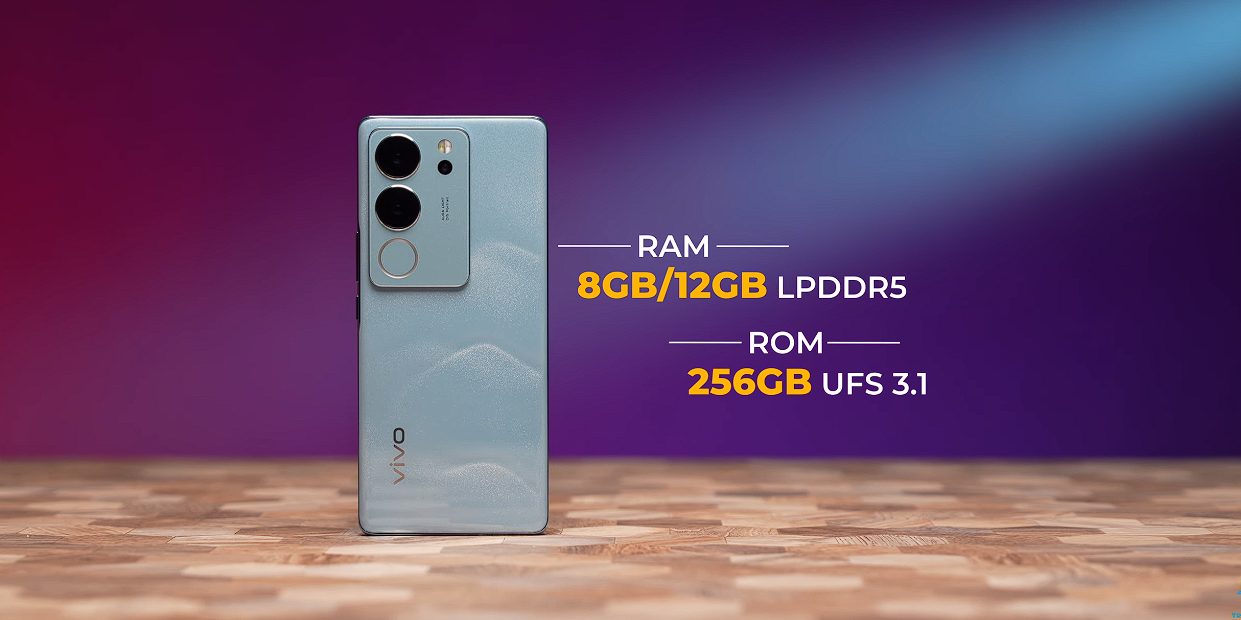
Plus you also get LPDR5 RAM, UFS 3.1 storage. The bases are covered there. When you’re actually gaming, you do get 1,000 Hertz of instant touch sampling rate as well. The touch sampling rate is also improved, so you can register touches very immediately.
Battery & charging
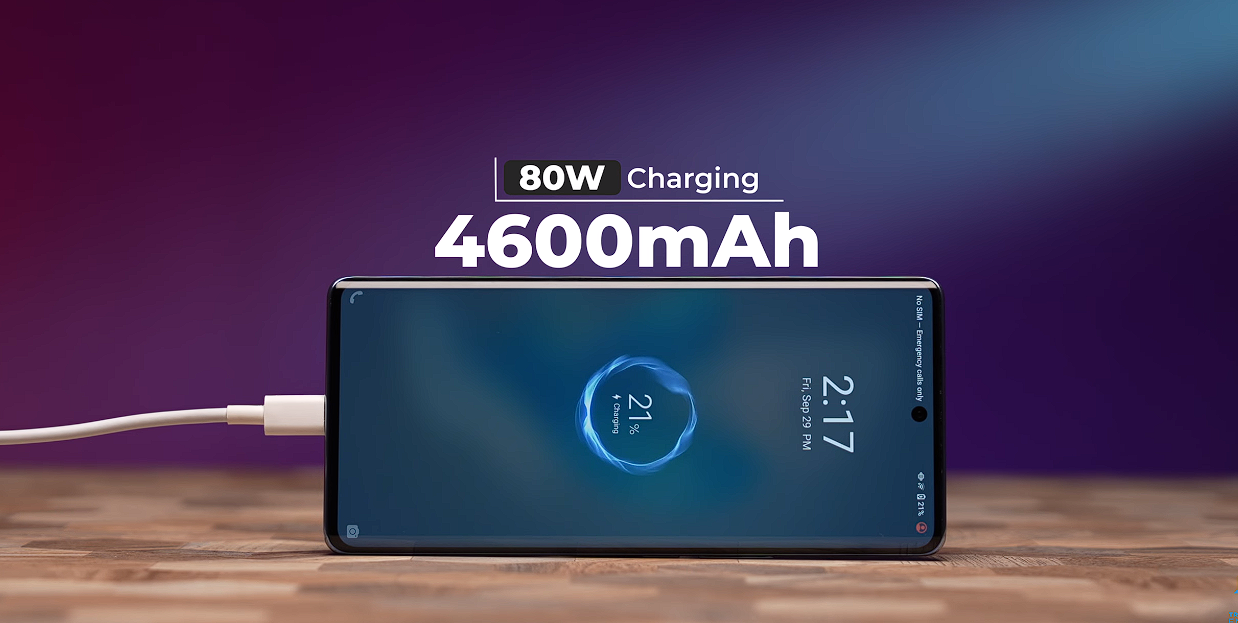
Now there’s a 4,600mah battery inside with 80-watt fast-charging support. A charge from zero to 100 should take you about 45 minutes.
Software updates
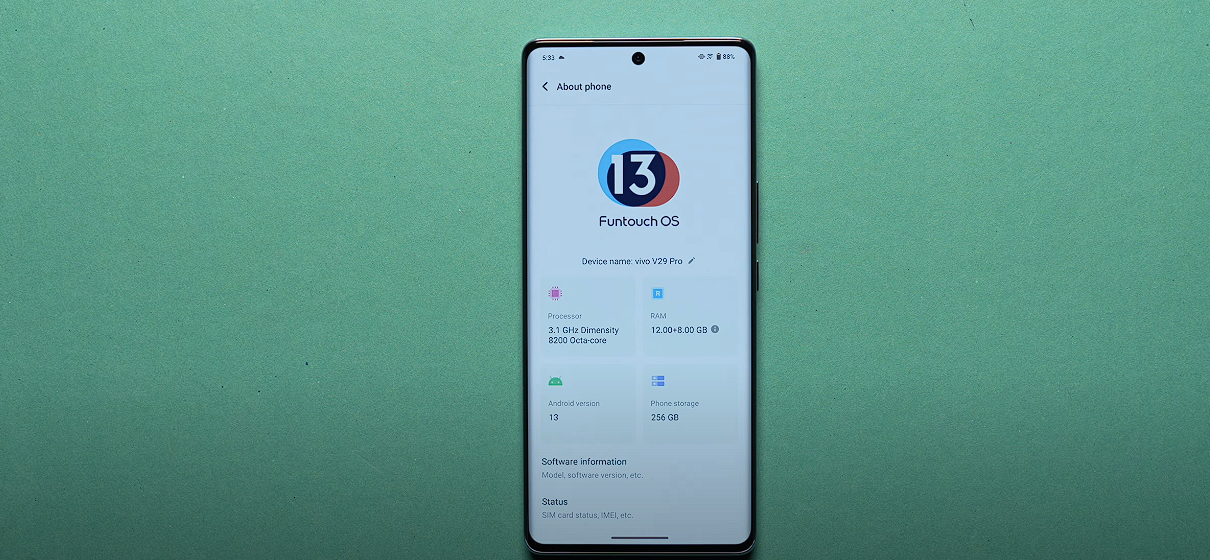
Of course, the phone is also running FunTouch OS13 based on Android 13, and Vivo promises two years of software updates and three years of security updates on the V29 Pro.

Bloatware
But note that hot apps and hot games are available by default when you first open up the phone. But this is something that you can switch off from the V App Store.

We also noticed that there were five pre-installed third-party apps. Again, all of which can be uninstalled, but yeah, they’re there.
Also Read- Top 5 Best Phones Under Rs 25,000
Vivo V29
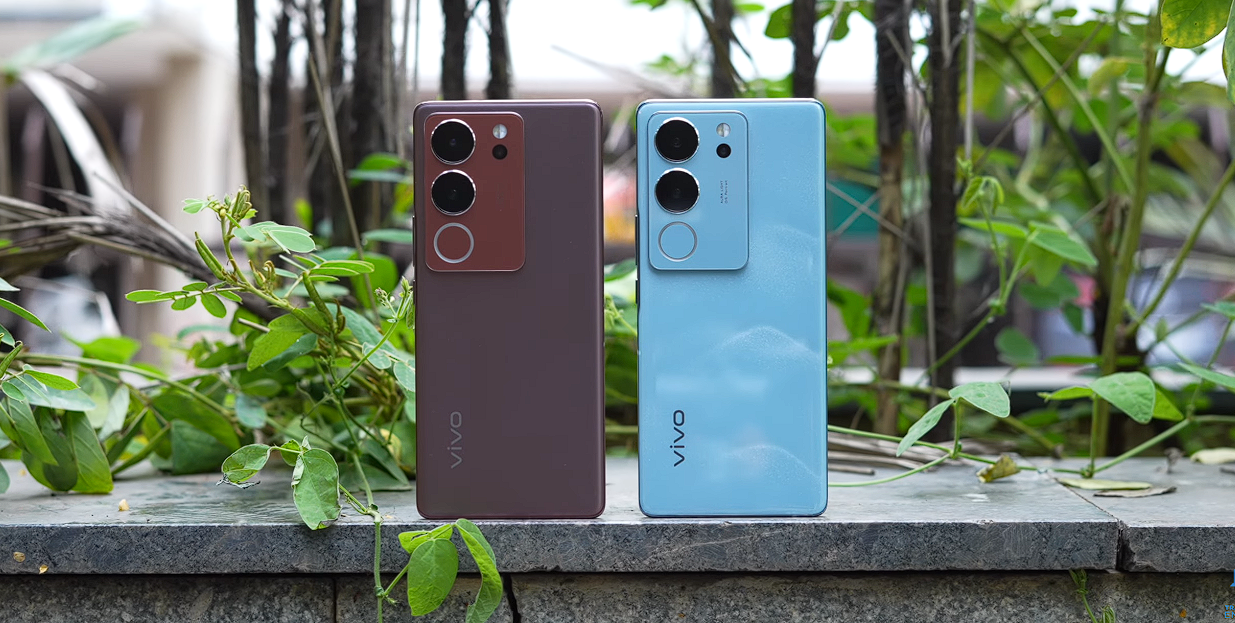
Now talking about the younger sibling, the Vivo V29, it’s practically very similar to the V29 Pro, except for the fact that this majestic red color variant comes with a colour-changing back.
Vivo V29 Design
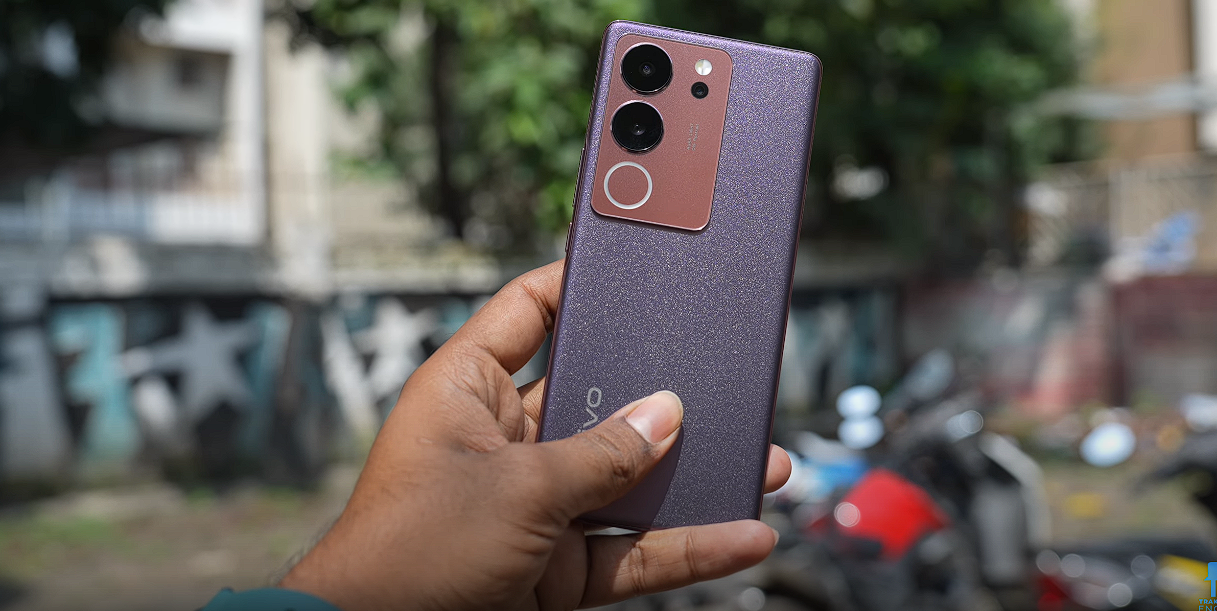
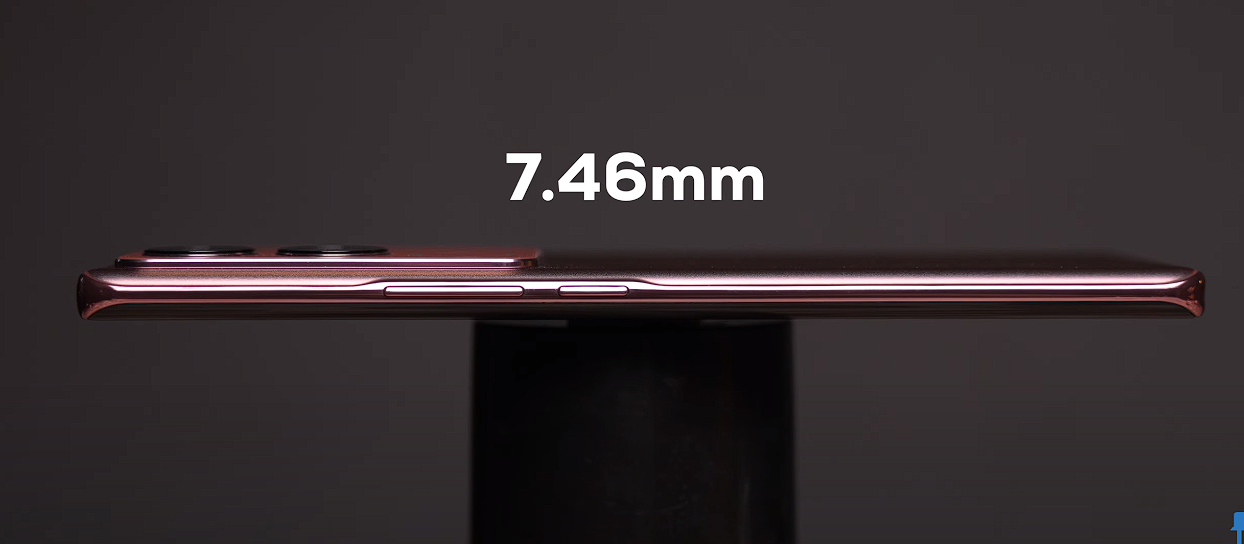
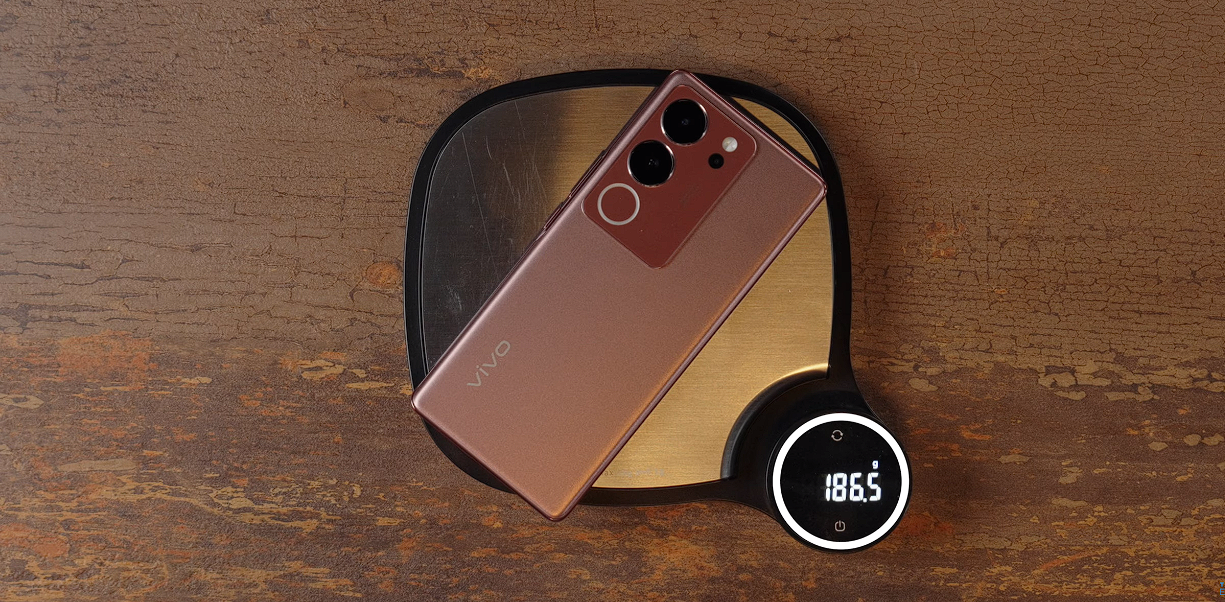
If you take it out and expose it to the sun’s rays, it changes to a completely different color, so you get a completely new phone. Now, it’s about the same thickness as the V29 Pro, but slightly lighter.
V29 Battery&charging
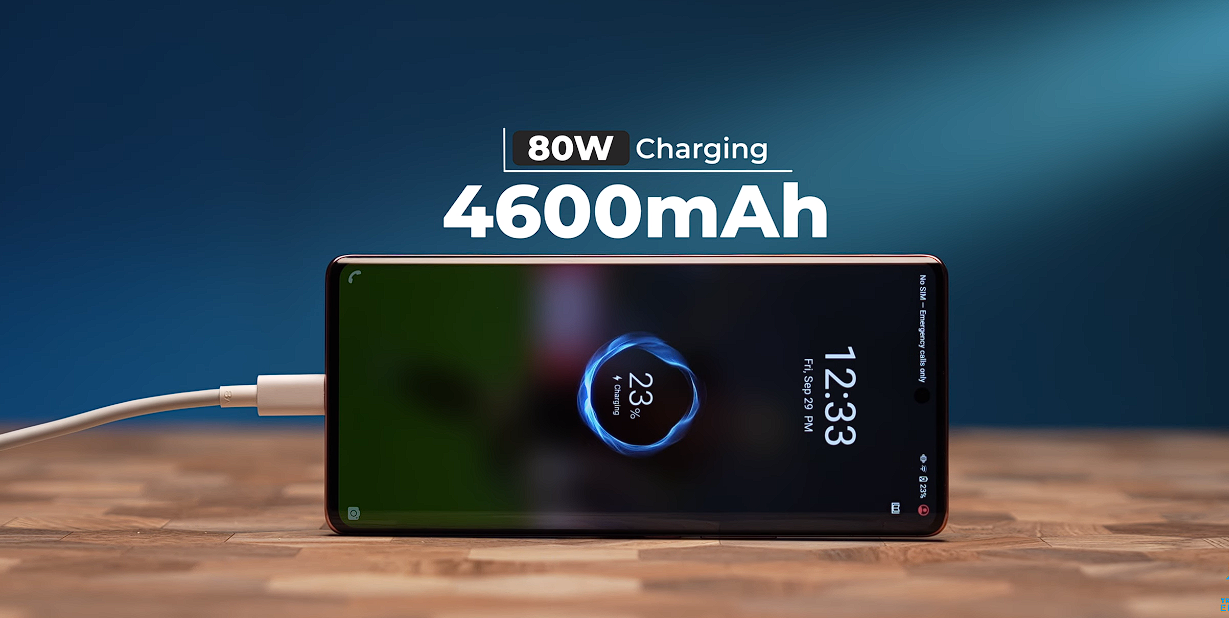
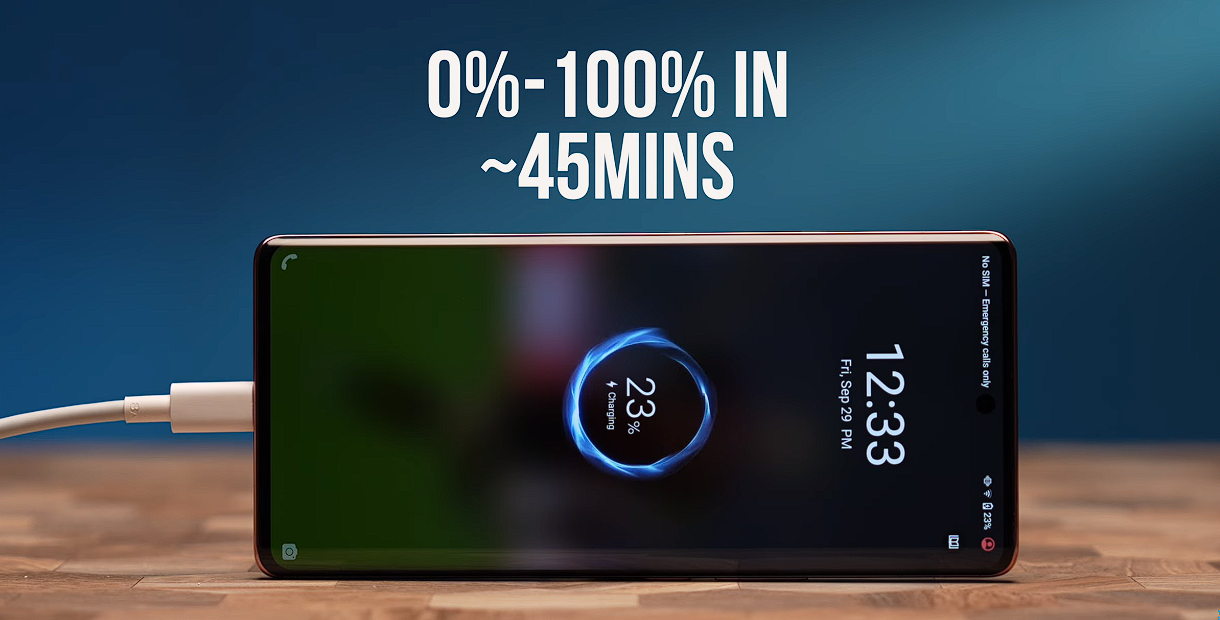
With respect to the battery, you get a 4600-mah battery, 80-watt fast-charging as well. Very similar to the V29 Pro. The software experience, again, is very similar to the V29 Pro. But there are a couple of important changes on the V29 compared to the V29 Pro.
Performance
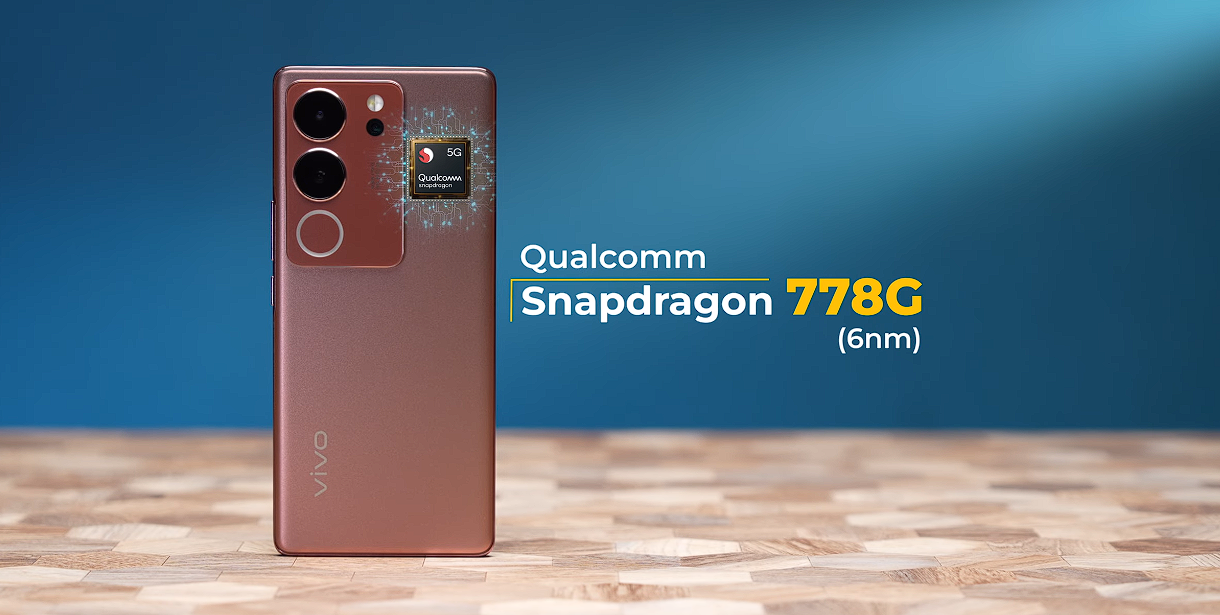
This one has the Snapdragon 778G chip and it doesn’t have the portrait camera. Now, 778G is actually a very capable processor, something we’ve tested time and again, so you know exactly how it’s going to perform.
Throttling test
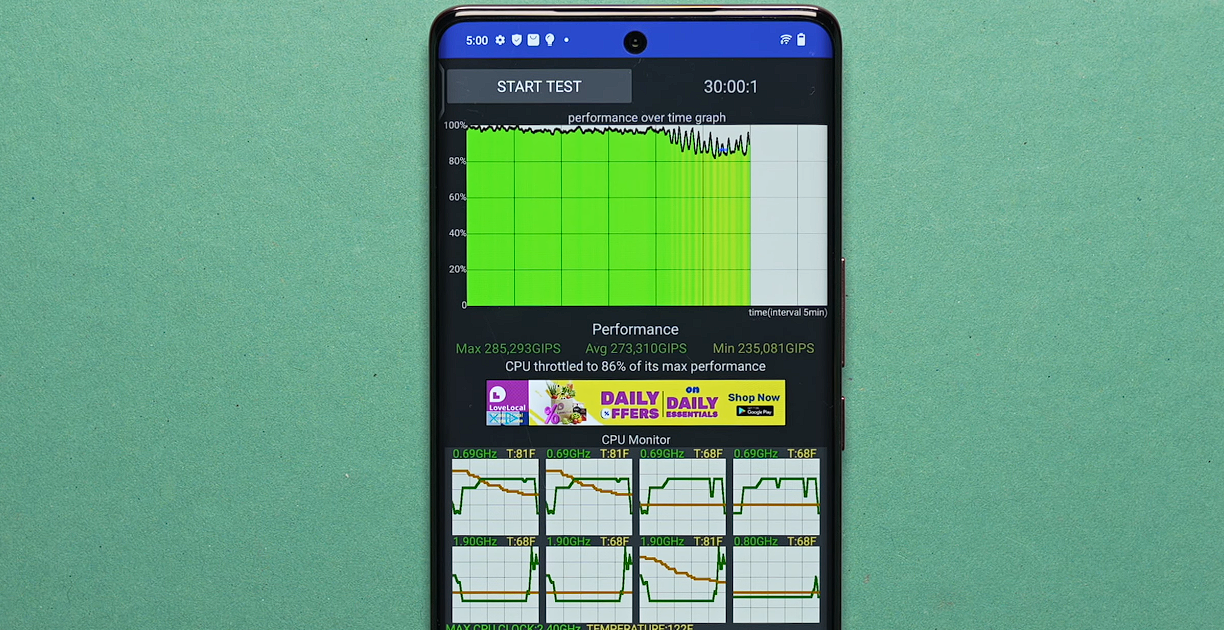
It’s also a very stable processor as well. But if you’re a gamer, then this processor might not be the best in the price class.
Vivo V29 Camera
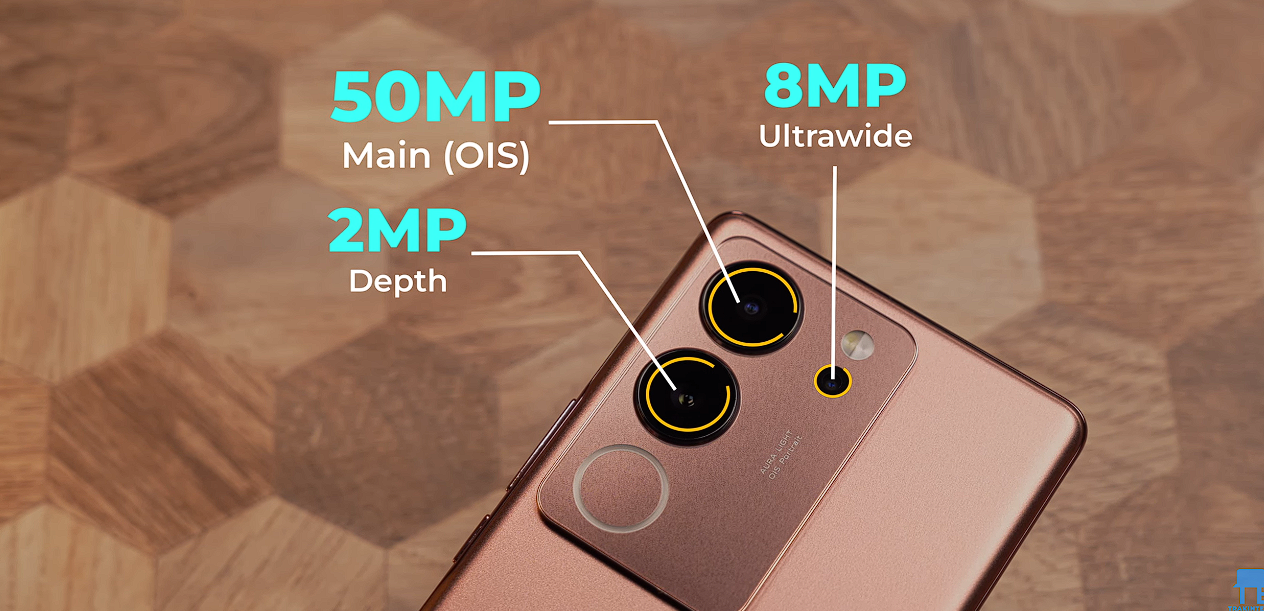
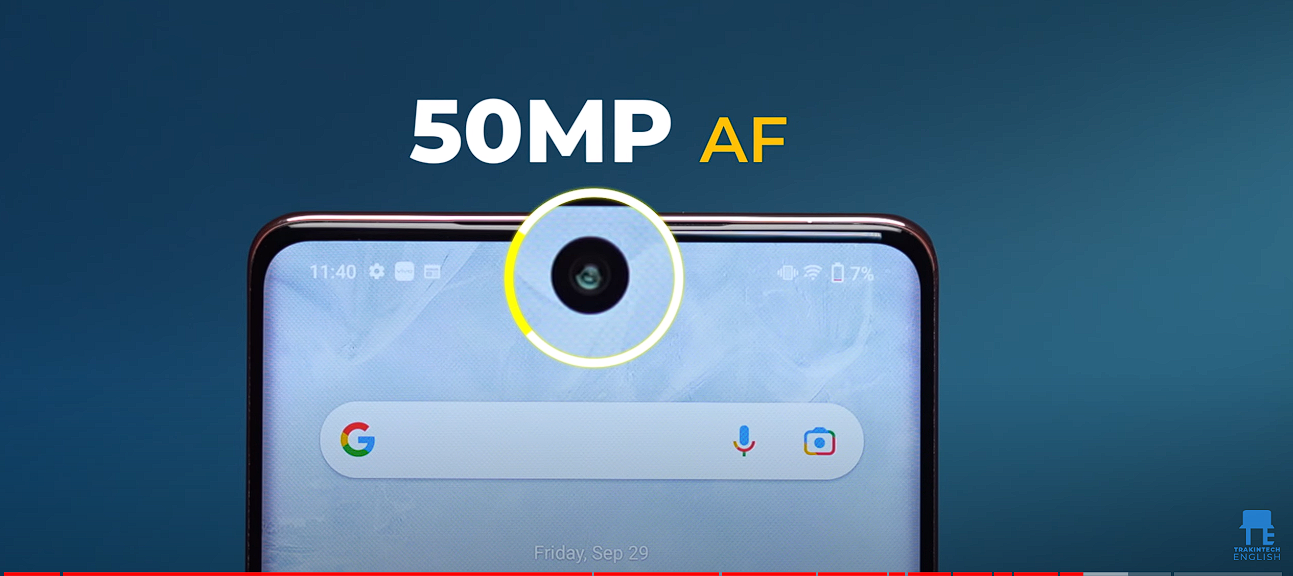
You’ll have other options that you can consider. As for the cameras, not only is the 2X portrait camera not there, the primary camera is actually a different sensor. It’s not the Sony IMX 766, it’s the Samsung GN5. You get the same eight-mega pixel, ultra wide angle camera and a 50 MP selfie camera with auto focus on the front, which is the same as the V29 Pro.
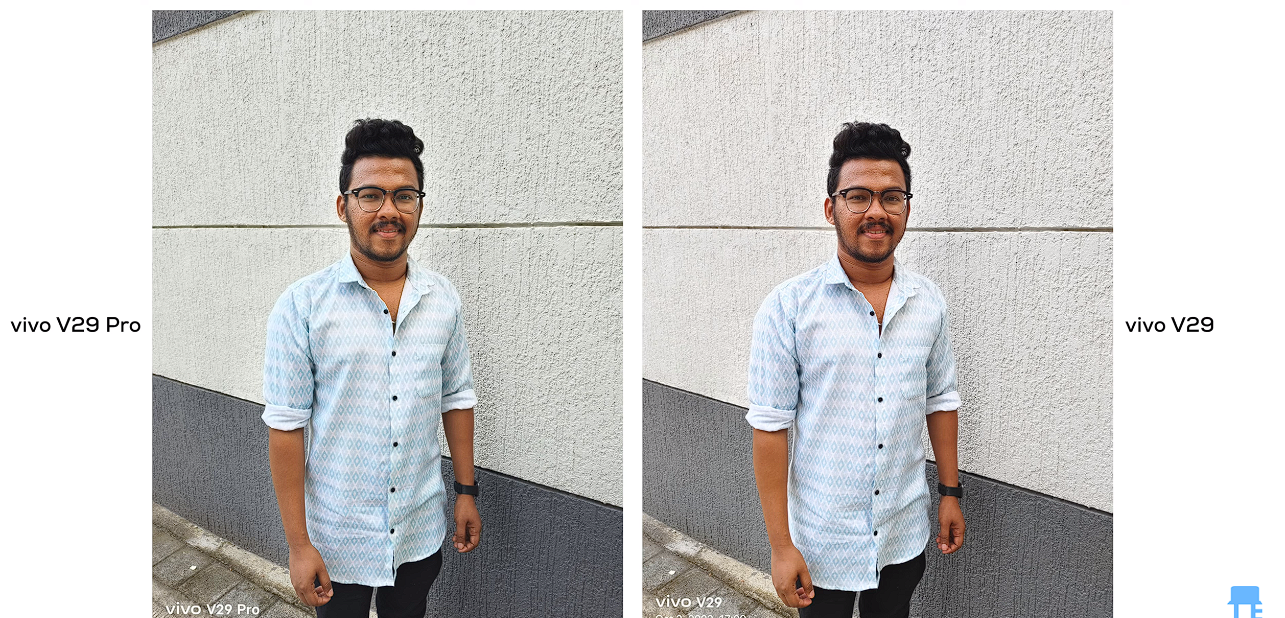
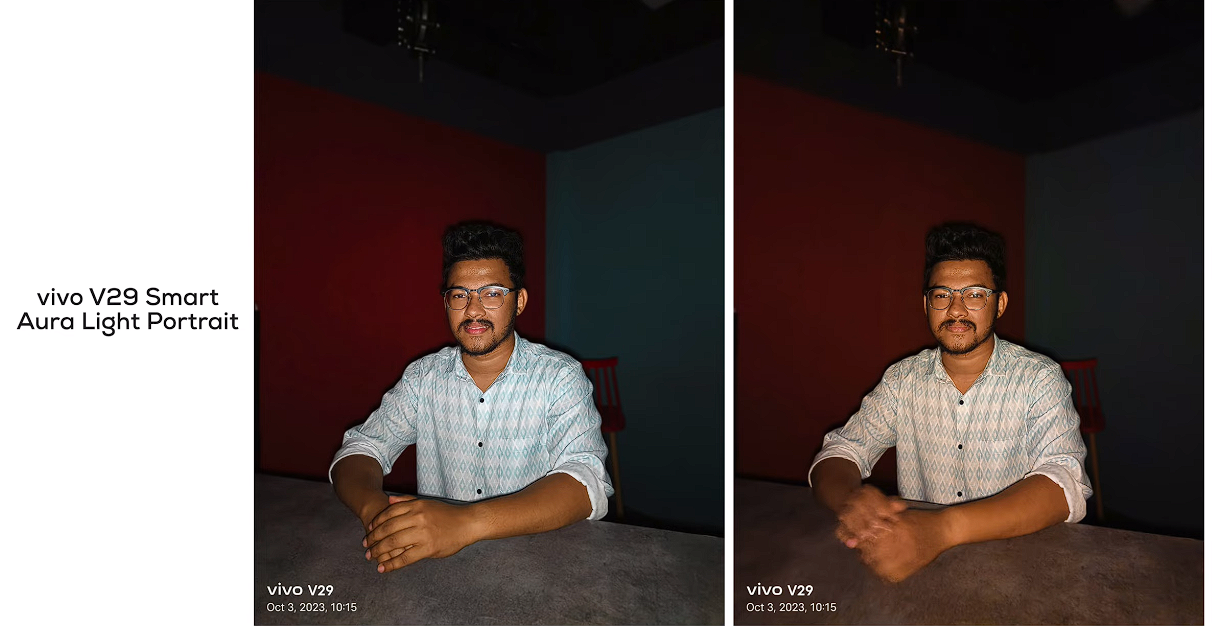
Now for the large part, if you’re considering the V29, what you would like to know is since the primary camera is a different sensor, how different is the algorithm working out here? We’ve shot pictures using the primary camera, and you can see for yourself the differences between the skin tones, the night mode performance, and the HDR performance as well. You’ll notice that it’s not too different. Of course, like I mentioned, no 2x telephoto available, but you can, of course, do digital 2x crop, and that’s how the pictures look.
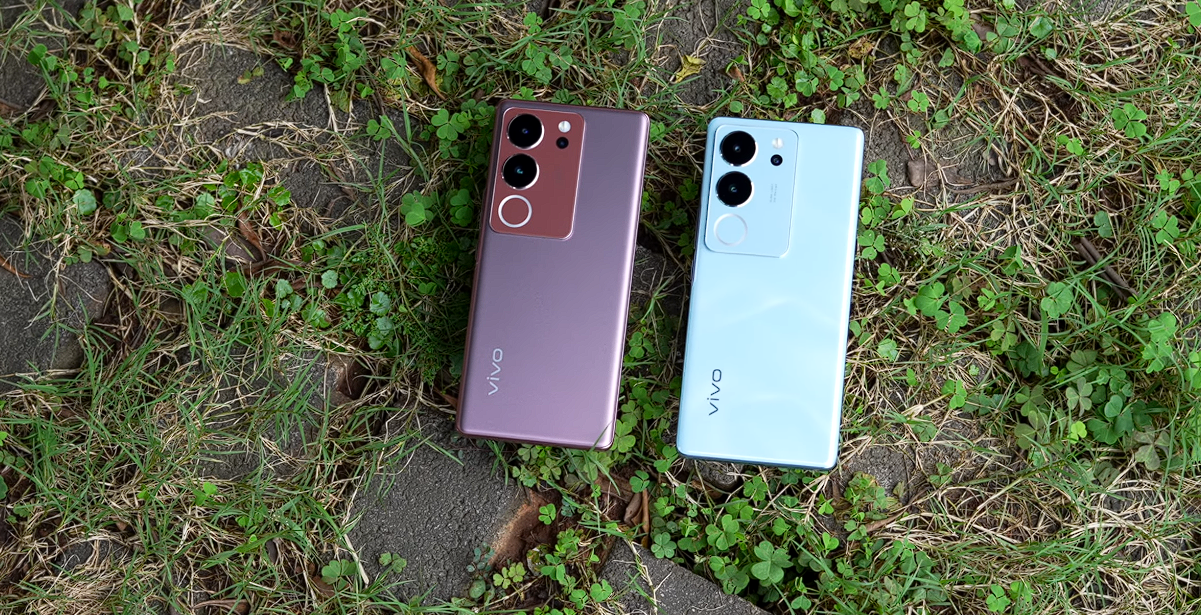
Now, while you do not have the portrait mode, you have the other features available. For example, the Smart Aura Light is there on the V29 as well. Again, increased 36% brightness. The portrait shots that you get with it look very very good.
